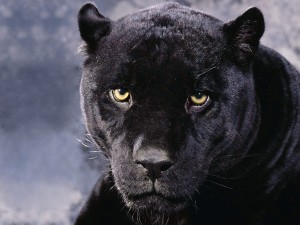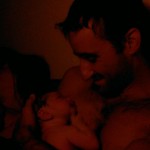
But trailing clouds of glory do we come
From God who is our home:
Heaven lies about us in our infancy!
- William Wordsworth
Newborns are some of my favorite clients for craniosacral work. As William Wordsworth put it so well, we all come into this world trailing clouds of glory, arriving from a place which we cannot see but we can recognize.
It is at this place that craniosacral work aims. A craniosacral therapist works with the tissue, with the bones, with the lymph, the nervous system, the craniosacral fluid, the fluid body, and with systems that he or she can feel but cannot name, however, the aim is on that place, the origin, what the founder of cranial osteopathy, William Garner Sutherland, termed: the Breath of Life.
He, William Sutherland, called it: God, The Mind of Nature, or Primary Respiration (The Breath of Life).
Another William, John William Coltrane, in his “A Love Supreme” poem, the same poem he sung on his saxophone in the album of the same name, said:
“God breathes through us so completely…so gently we hardly feel it… yet,it is our everything.
Thank you God.”
- John William Coltrane
Working with newborns is a pleasure and a gift; to once again be in the deep gentle presence of that trail of clouds is rejuvenating and refreshing. It is also essential for the newborn, for thought they may have arrived from a place of glory they immediately being to be shaped by the forces that brought them here, the forces that gave them a physical form. They are immediately exposed to lights and sounds and expectations and manipulations that compete with the sense of peace and wellbeing from where they came.
“As the twig is bent, so grows the tree”
Work with a baby touches on the essence of craniosacral – the Breath of Life. It is my view that in no other field (except very likely craniosacral work with the dying, though I cannot speak to that from personal experience) is the craniosacral treatment plan more defined by the focus on the Breath of Life.
“When we work with a baby we are looking for the health, we are building on what is already healthy and we are simply removing the obstacles that are in the way of that health being expressed.”
- Benjamin Shield, PhD
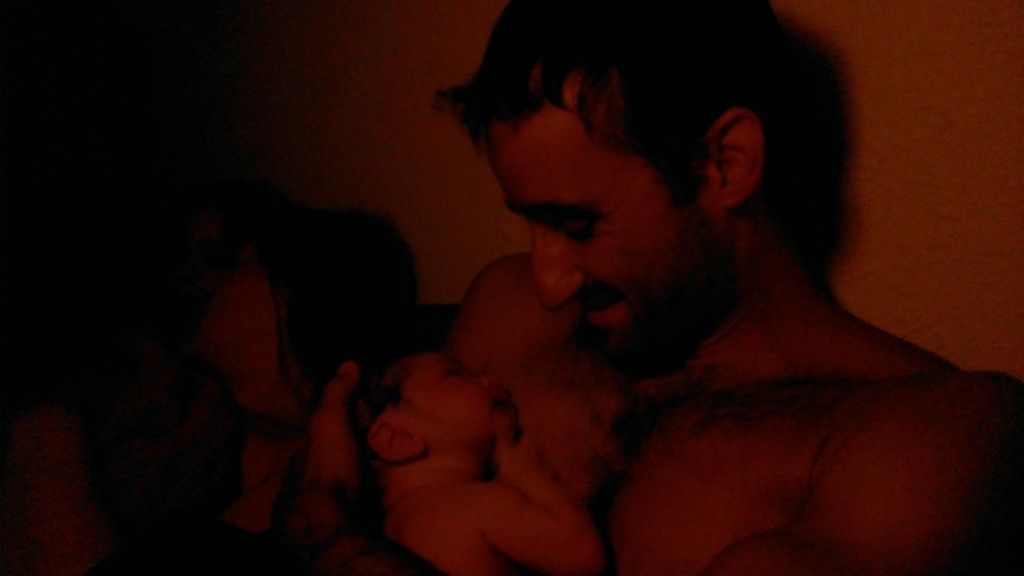

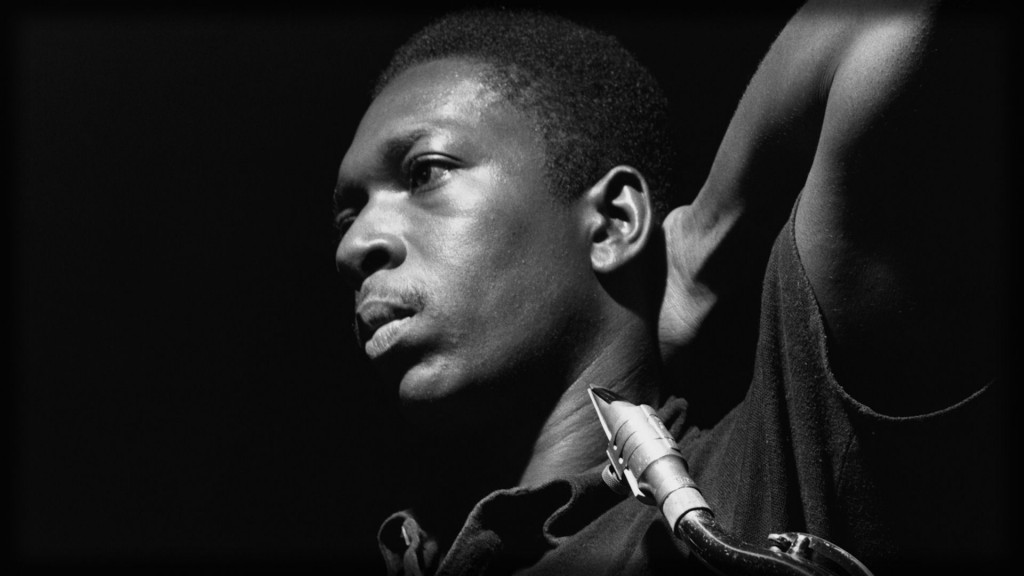


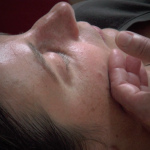

 Annular Solar Eclipse – May 20th 2012 – Credit: Charles Medendorp
Annular Solar Eclipse – May 20th 2012 – Credit: Charles Medendorp


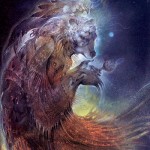
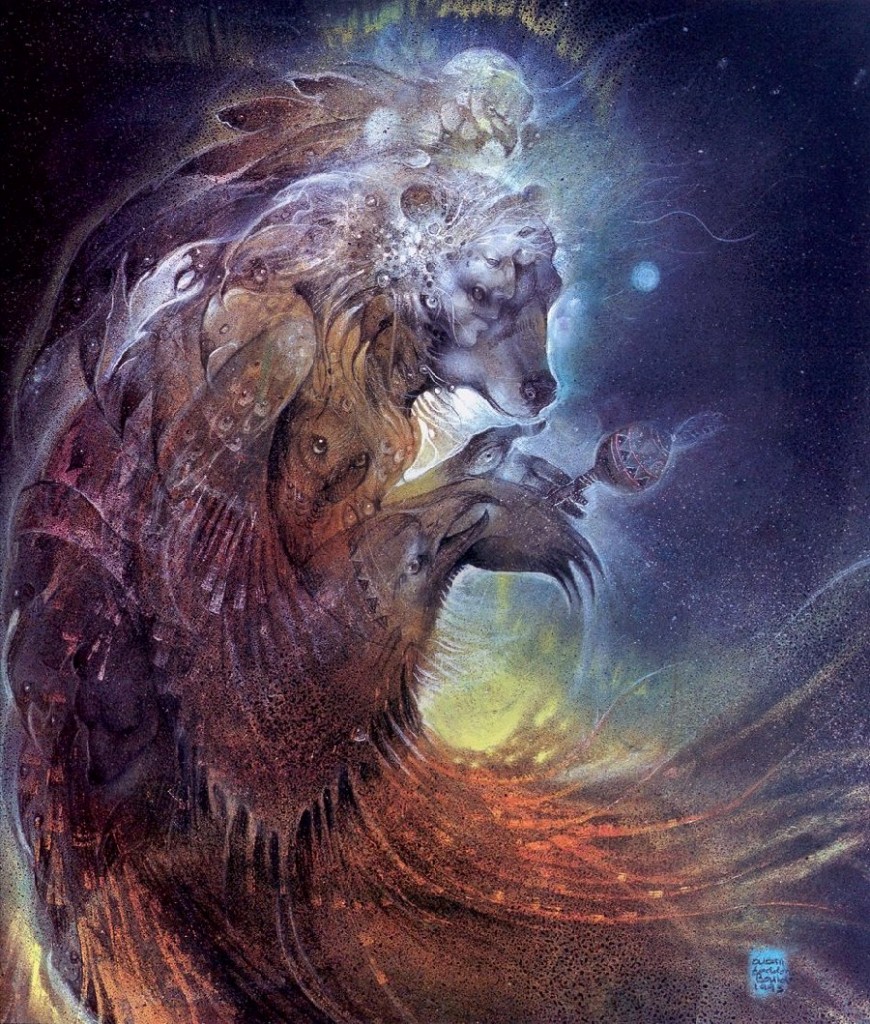
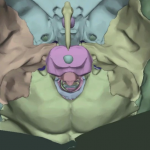
 (The Golden Gate Bridge from the website “
(The Golden Gate Bridge from the website “